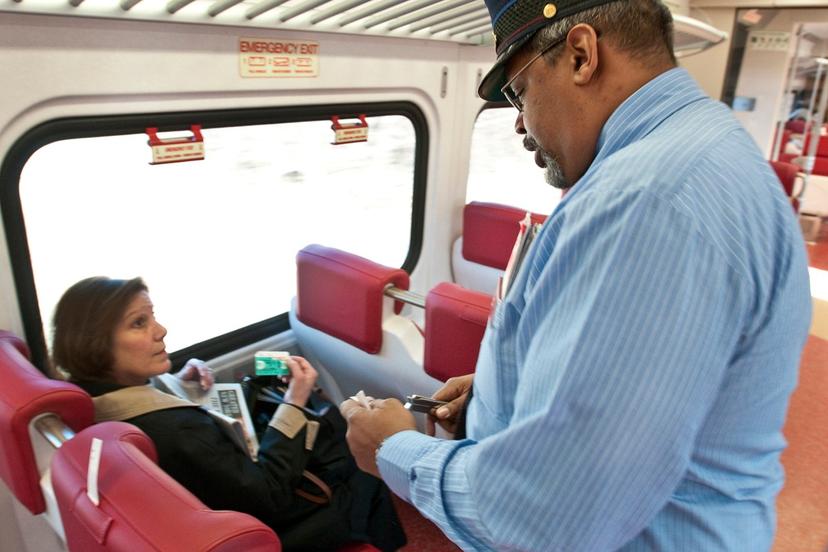Railroads

Industry Outlook
The 1960s and 1970s were decades of such intense decline for the American railroad industry that many people wondered if it might become obsolete altogether. As freight revenues fell and passenger traffic dropped, the railroad became perceived as a dinosaur—useful only as a relic of the past. However, the railroads that were stagnating 30 years ago are once again thriving and are expected to endure. There are several reasons for the railroads' turnaround.
The passing of the 1980 Staggers Act allowed railroads to negotiate shipment rates with customers, offering volume discounts. Prior to 1980, this had been prohibited by government regulations. A second reason for the improvement in the industry is the development of better containers for carrying freight. The beginning of this trend was piggybacking. In piggybacking, truck trailers and containers are carried on railroad flat cars. An improvement to piggybacking came with the development of standard cargo boxes that can be carried easily by train, truck, or ship. This type of shipping, called intermodal shipping, allows railroads to engage in partnerships with other forms of transport, and therefore boost productivity and usefulness.
A final reason for the recovery of the railroads, paradoxically, is the decrease in rail employment. As technology has been incorporated into the railroads, the need for human labor has been reduced. Computers are used to keep track of freight cars, match empty cars with the closest loads, and dispatch trains. Computer-assisted devices alert engineers to train malfunctions and new work rules have become widespread allowing trains to operate with two- or three-person crews instead of the traditional five-person crews.
The coronavirus pandemic, which began in Wuhan, China, in late 2019, disrupted growth in the U.S. rail transportation industry in 2020. A revenue drop of about 15.6 percent was anticipated for 2020, according to market researcher IBISWorld, due to business closures and reduced demand. As of January 2021, rail freight traffic in the United States was down by 2.1 percent compared to January 2020, as reported by Statista. The rollout of the COVID-19 vaccine in 2021 will bolster the economy and increase consumer spending and trade levels. There will be increased demand from consumers and manufacturers for goods, which will increase industrial production levels. As a result, the outlook is positive for the U.S. rail transportation industry, with steady growth projected through 2025.
There are about 91,100 railroad workers employed in the United States, and the Department of Labor predicts a decline of about 2 percent in employment opportunities for most workers in the railroad transportation field through 2028. The passing of the Rail Safety Improvement Act of 2008 was expected to add more jobs for engineers, conductors, and signal operators. The act mandates an increase in train crews' rest hours between shifts, and also calls for safety improvements at railroad crossings. Whatever hiring increase may have followed the new law did not continue as the DOL forecasts for those positions showed flat growth or decline through 2028.
